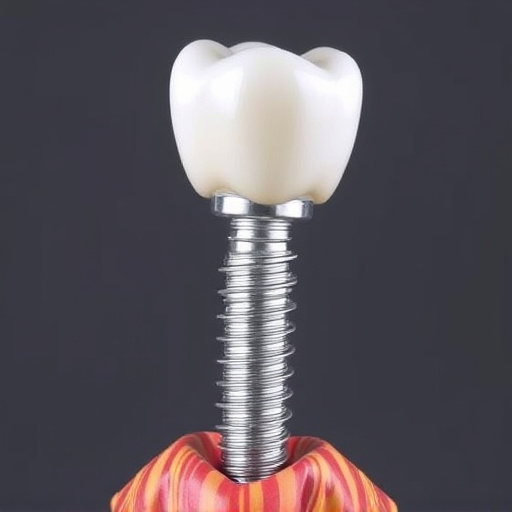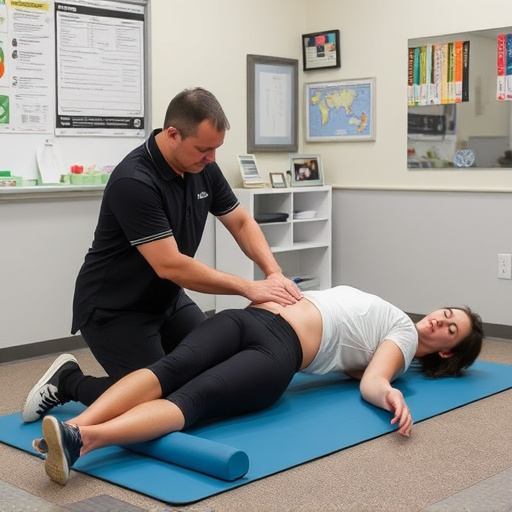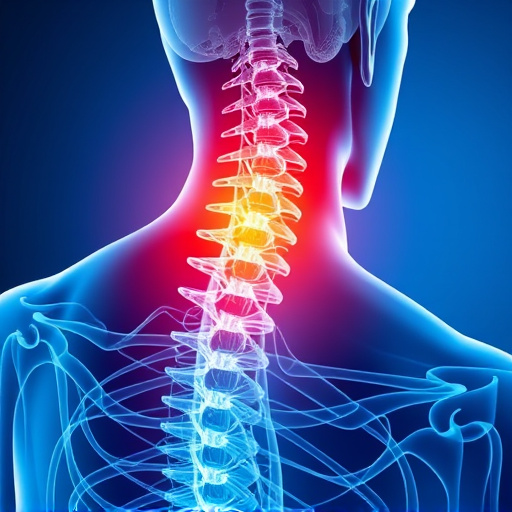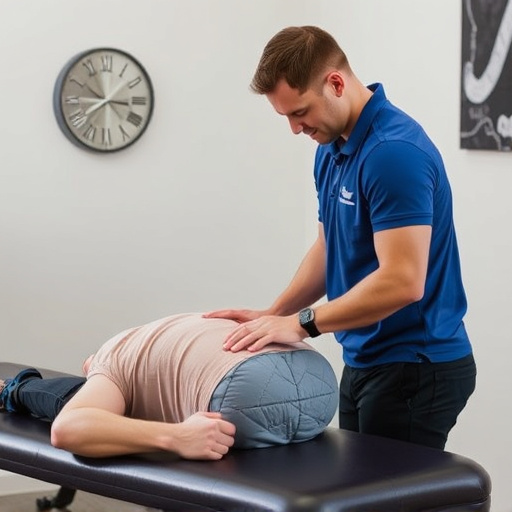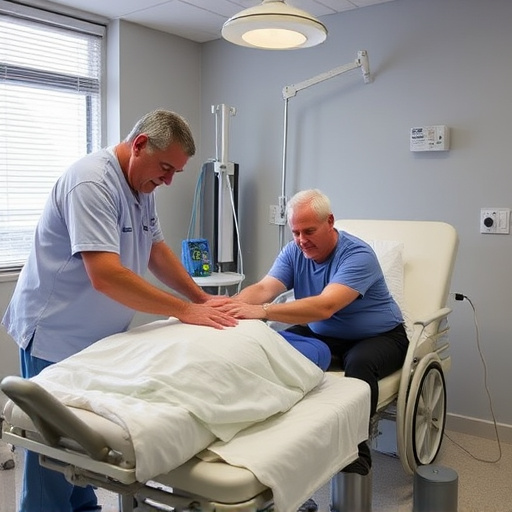Ergonomic injuries from poor posture or repetitive actions cause pain, stiffness, and numbness. Seek prompt medical attention for persistent symptoms beyond a few days. Treatment options include physical therapy, manual therapy, heat/cold therapy, electrical stimulation, and in severe cases, surgery. Tailored plans aim to manage pain, speed healing, and prevent future ergonomic injuries.
Ergonomic injuries, often overlooked, can significantly impact your daily life. These injuries stem from prolonged exposure to poor work environments or repetitive tasks without proper support. Understanding common causes and symptoms is the first step towards effective ergonomic injury treatment. If pain persists beyond a few days, it’s crucial to evaluate its severity. This article guides you through the process, offering insights on when to seek medical help and exploring diverse treatment options for ergonomic injury relief.
- Understanding Ergonomic Injuries: Common Causes and Symptoms
- When Pain Persists: Evaluating Severity and Need for Medical Intervention
- Effective Treatment Options: Exploring Your Healthcare Choices
Understanding Ergonomic Injuries: Common Causes and Symptoms

Ergonomic injuries are a growing concern in today’s world where many individuals spend long hours sitting at desks or staring at screens. These injuries are caused by poor work posture, repetitive tasks, or strenuous efforts that put excessive strain on the body, particularly the back, neck, and shoulders. Common ergonomic issues include lower back pain, carpal tunnel syndrome, and tendinitis.
Symptoms can vary but often include sharp or dull pain, stiffness, numbness, or tingling in affected areas. For instance, a person experiencing an ergonomic injury from a car accident may feel persistent lower back pain or neck discomfort that worsens with certain movements. Soft tissue injuries, which are prevalent in such cases, require prompt attention to prevent chronic conditions. Seeking medical help for ergonomic injury treatment is crucial if symptoms persist beyond a few days, worsen, or significantly impact daily activities and quality of life.
When Pain Persists: Evaluating Severity and Need for Medical Intervention
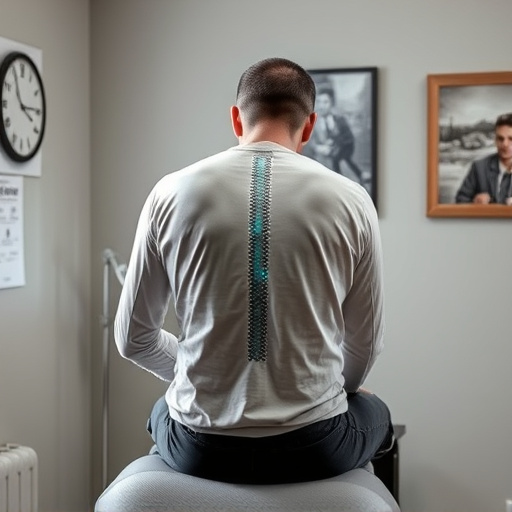
If pain from an ergonomic injury persists for more than a few days, it’s crucial to reassess your situation and consider seeking medical help. The severity of the pain is a primary indicator of the need for professional intervention in ergonomic injury treatment. Initially, minor discomfort might be manageable with rest and over-the-counter pain relievers, but as symptoms worsen or persist, it could signal a more severe underlying issue.
When assessing your condition, remember that chronic or intensifying pain may indicate musculoskeletal injuries that require specialized care. Non-invasive treatment options are available for ergonomic injuries resulting from workplace or everyday activities, including physical therapy and targeted exercises. However, if your symptoms mimic those of a car accident injury, such as persistent neck or back pain, seeking prompt medical attention is essential to prevent further complications.
Effective Treatment Options: Exploring Your Healthcare Choices
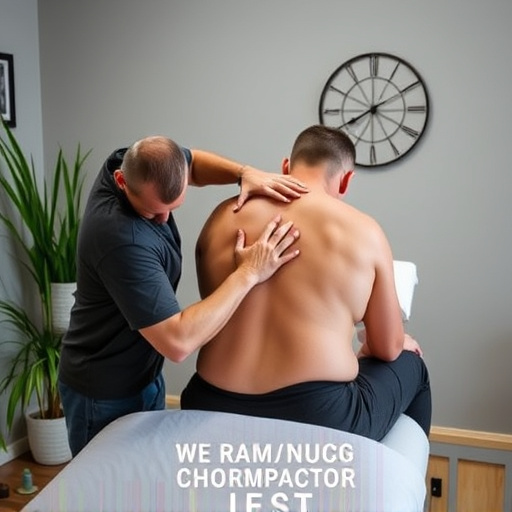
When it comes to ergonomic injury treatment, understanding your healthcare options is crucial. Effective treatment involves a multi-faceted approach tailored to address the specific root causes of the injury, which can vary from musculoskeletal issues to sciatica relief. One key component often includes therapeutic exercises prescribed by a qualified physiotherapist or chiropractor. These exercises focus on improving strength, flexibility, and posture, reducing pain, and enhancing overall mobility.
In addition to exercises, other treatment modalities may include manual therapy, heat/cold therapy, electrical stimulation, and in severe cases, surgery. The choice of treatment depends on the type and severity of the ergonomic injury, as well as individual patient factors. Consulting with healthcare professionals experienced in ergonomic injuries is essential for determining the best course of action to manage pain, accelerate healing, and prevent future occurrences.
If your ergonomic injury symptoms persist or worsen despite self-care measures, it’s crucial to seek medical advice. A healthcare professional can accurately evaluate the severity of your condition and recommend appropriate treatment options for effective ergonomic injury treatment. They may refer you to specialists such as ergonomists or physiotherapists who can provide tailored care and support a safe return to work or daily activities. Remember, early intervention is key to minimizing pain and preventing long-term complications in ergonomic injury treatment.

